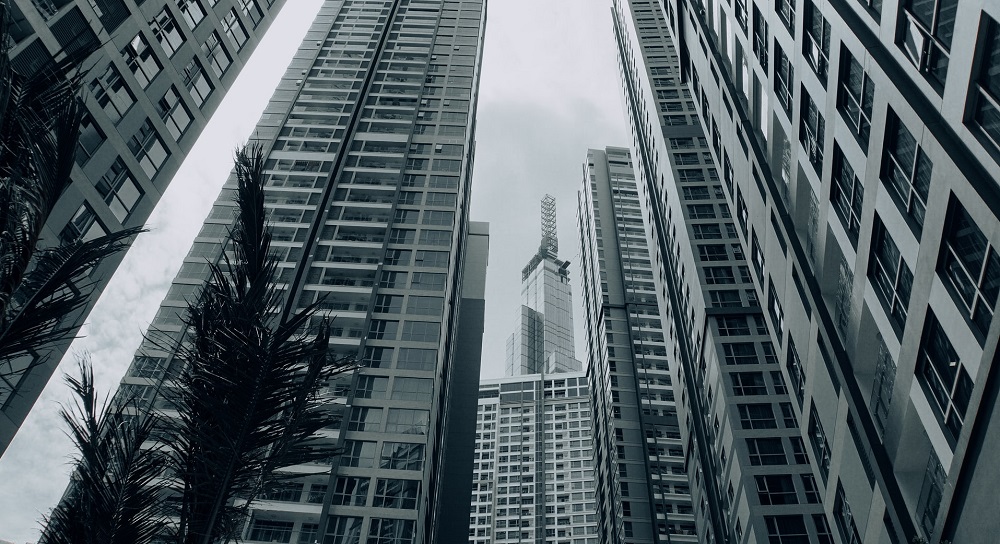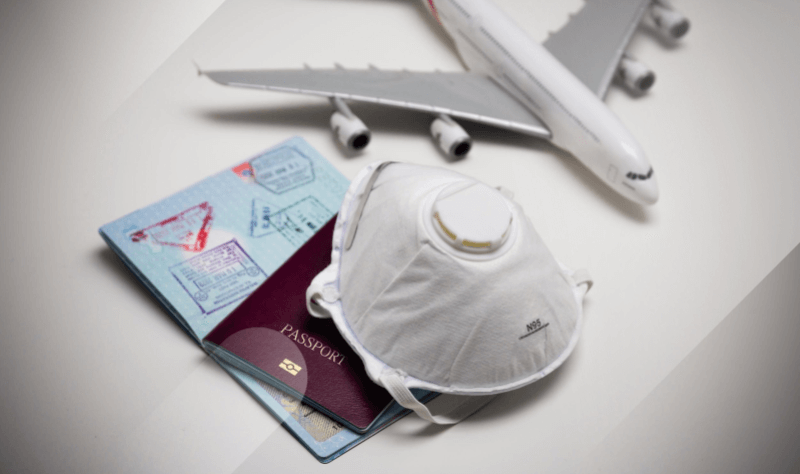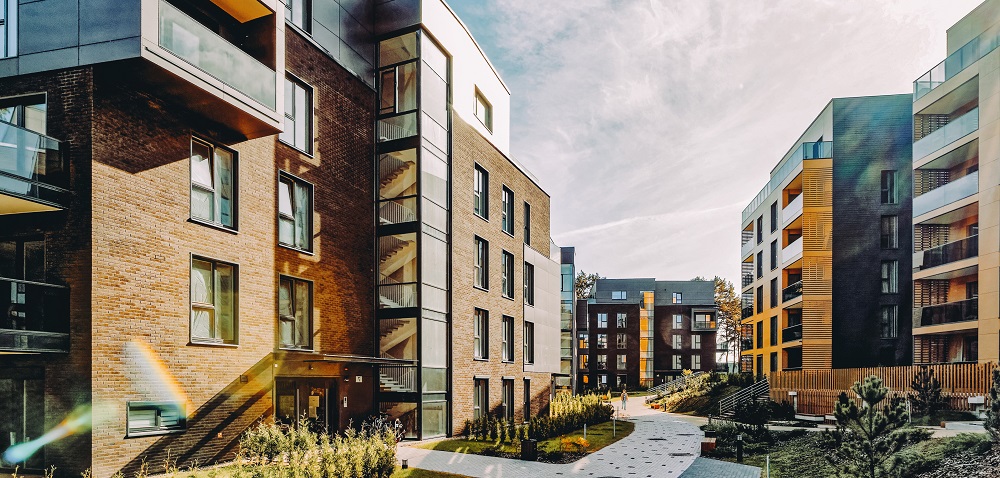When U.S. cities and states faced shelter-in-place orders to limit the spread of the coronavirus, Americans’ reduced mobility resulted in plummeting sales at rideshare companies. With the exception of a late 2020 dip, sales have been gradually recovering since April 2020. Uber sales were up 150 percent year-over-year and Lyft sales were up 127 percent year-over-year in July 2021.
Doctoral degrees are valuable, not just for employment in research and higher education, but also outside of academia. Academic hiring freezes during the pandemic has resulted in a tough job market for recent PhD graduates, that has sparked a renewed interest in jobs outside of academia for the highly-educated. Below are the companies that employ the highest numbers of doctoral degree holders. Tech companies lead the way, hiring high numbers of PhDs from engineering and computer science.
Global commercial property price growth accelerated in the second quarter of 2021, the third successive quarter of increasing gains. The headline price index rose 4.8% from a year prior and 1.5% from the previous quarter, the latest _RCA CPPI Global Cities_ report shows. Seoul posted the largest price increases into midyear. Prices rose 22% year-over-year, bolstered as domestic investors who had been thwarted by global travel restrictions employed their spending power at home.
The grocery sector has witnessed a uniquely fascinating period with early COVID concerns driving huge traffic surges to supermarkets, while the recovery period has seen uneven returns for different brands. And the questions are growing. Can the sector turn it’s COVID status into long term strength? Will the rising excitement around restaurants cut into their success? We dove into the latest grocery data to find out.
The COVID-19 pandemic has affected every facet of day-to-day life. Rising unemployment rates, decreased recreational spending, and lockdown measures have taken a toll on our collective psyche and spending habits. The beauty and fashion industry did not go unspared from the pandemic's death grip; big-name brands were forced to shutter their storefronts and furlough thousands of corporate and retail-level employees. At the same time, a dramatic increase in online sales put pressure on key industry players to re-examine and invest in their respective e-commerce strategies.
Between account-based marketing plans, in-app messaging, social media and content across channels, digital marketing is a lot to handle for B2B companies who are still fairly new to the space. According to MediaRadar data, there were 22.7k new digital advertisers in the B2B space between January 2019 and June 2021, with more than half currently active. Marketers aren’t only investing in digital ad placements. They are using their budget to work with influencers.
It’s been a wild ride for the travel industry as we try to enter post-pandemic territory. And we’re not there yet. While current COVID travel trends indicate that some areas have recovered, others have much further to go with a future that’s complicated by new variants. Our industry consultant, Alisha Kapur, featured in Yahoo Finance, teamed up for a webinar with Tim Davis, the Managing Director of travel industry consulting group PACE Dimensions to give businesses insights using our travel intelligence tool on how you can prepare what’s next for the travel and tourism space.
When shelter-in-place orders went into effect, many coffee drinkers turned to DTC coffee subscription companies for their daily cup of joe. Consumer transaction data reveals how three select coffee brands—Blue Bottle Coffee, Peet’s Coffee, and Philz Coffee—whose offerings include retail cafes, coffee bean delivery, and coffee subscriptions experienced a sizable shift to online sales, as well as how some smaller coffee subscription box companies saw strong sales growth during the pandemic.
In this Placer Bytes, we dive into two of retail’s strongest players – Dick’s Sporting Goods and Best Buy. While the company’s push into experiential deserves it’s own post, it was clearly the mark of a brand operating from a position of strength. Dick’s Sporting Goods has seen visit growth in all but one month thus far in 2021 when compared to the equivalent months in 2019. March and April saw the biggest jumps of 4.2% and 16.7% respectively, largely driven by the wider retail reopening and pent-up demand.
U.S. single-family rent growth increased 7.5% in June 2021, the fastest year-over-year increase since at least January 2005\[1\], according to the CoreLogic Single-Family Rent Index (SFRI). The index measures rent changes among single-family rental homes, including condominiums, using a repeat-rent analysis to measure the same rental properties over time. The June 2021 increase was more than five times the June 2020 increase, and while the index slowed to a post-pandemic low last June, rent growth is running well above pre-pandemic levels when compared with 2019.
Consumer Edge’s UK data managed to capture Greggs’s sales growth for 2021H1. In today’s Insight Flash, we see how the company’s spend growth is stacking up versus other UK Limited-Service restaurants. Spend has been steadily growing for Limited-Service Restaurants in the UK since the beginning of the year amidst easing pandemic restrictions. Spend in May and June was up around 50% from January 2020, accelerating to a 60% increase in July.
The rate of multifamily rent growth so far in 2021 has been much discussed recently as gains have reached dazzling levels on the back of historic apartment demand. Asking rent increases have contributed mightily to the growth, but the continued retreat of lease concessions has played a major role as well. As always, numbers will refer to conventional properties of at least 50 units.
The Asia Pacific region has seen increasing challenges through the first seven months of 2021, with situation varying greatly by country. While India has been steadily recovering from its latest outbreak, Australia and Indonesia are now facing new restrictions. Mainland China, which was already at 2019 performance levels, has seen new cases arising and performance dipping. Southeast Asia has been mostly quiet, but there is hope in the Phuket Sandbox program, which allows vaccinated foreign tourists to enter the island without the same level of restrictions as those unvaccinated.
The off-price apparel category is experiencing an impressive recovery, with off-price visits regularly outperforming the wider apparel recovery rate. With the Back to School season coming up, Off-price’s strong summer could lead into an even stronger fall. With the exception of February, where lower visit numbers could be due to severe weather conditions across the country, visits to Ross Dress for Less, T.J. Maxx, and Burlington have been up every month this year when compared to 2019.
Only 1% of cars on American roads today are electric. But a decade from now, this won’t be the case. Between growing consumer interest, a policy push from the Biden administration and support from automakers themselves, we’ll see electric vehicles (EVs) become more of a norm than a luxury. Though the automotive industry went through the wringer last year and advertising plummeted, EV advertising in 2021 has already surpassed spending from the first seven months of 2019.
Temperatures weren’t the only thing rising in July, as sky high summer heat was accompanied by increasing job listings, with the month up 4.6%. This follows the slowdown observed in June where listings dipped by almost 1%. Reflecting on job demand changes overall, it is noteworthy that over the last year, only two months have seen a decline in listings, and growth continues.
For some school districts*, the back-to-school shopping season has arrived. Following a year of mostly remote learning and a resulting stunted 2020 school shopping period, we looked at our data to see if 2021 would be any different. Good news for retailers: a return to in-person classes and some extra cash from the first Child Tax Credit payment shows the retail tide may be turning.
Amid increased COVID cases, the rise of the Delta variant, and the return of in-person schooling, U.S. weekly hotel room demand dropped for a second consecutive week. The decrease in demand caused occupancy to fall to 68.0% for the week (1-7 August), the country’s lowest level of the past four weeks. The largest declines were seen in the south, where COVID-19 cases are surging and a high percentage of students have returned to the classroom. Louisiana and Florida saw the greatest occupancy declines, both falling more than 6 percentage points week over week.
If you caught our founder and CEO Inder Singh on Stephanie Ruhle Reports on MSNBC this morning, you may be wondering “whoa — multidemic?! What does that mean?” Though the host ran out of time to get to this topic, we would love to provide more information for any viewers wondering - and possibly concerned. Kinsa’s data leads us to predict that this winter will see a “multidemic” — or many epidemics circulating at once. This multidemic will likely be a combination of COVID, flu and other respiratory viruses.
As more offices reopen, they are reopening with one important change from pre-pandemic workstyles – fewer days on site. Many companies have shifted from a Monday through Friday in-office week to more common work from home Fridays or even Fridays and Mondays. This shift has left many downtown businesses dependent on commuter dollars empty and overstaffed on Fridays.






























































